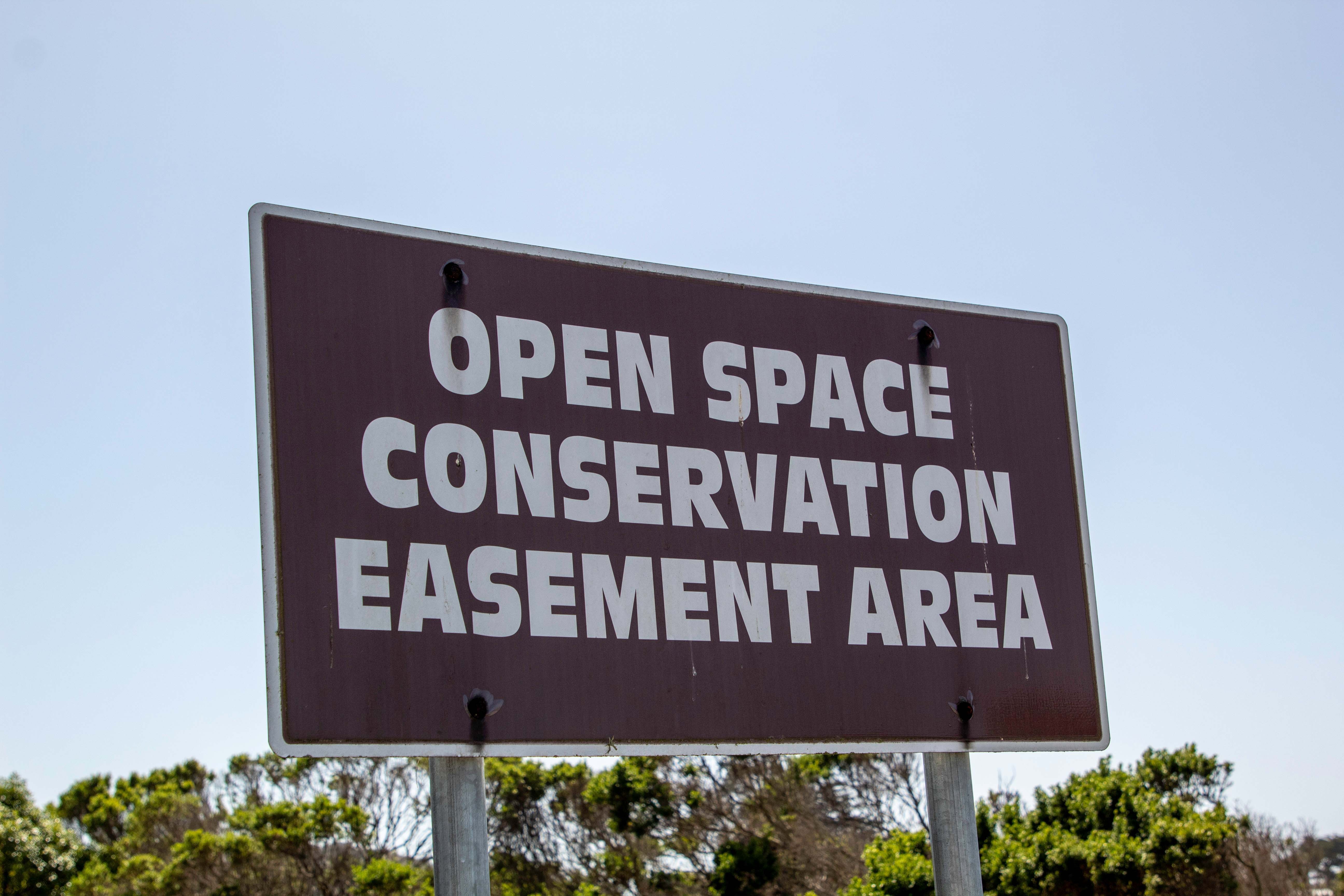
When preparing for the California real estate license exam or attending a real estate crash course, understanding the concept of easements is essential. An easement is a legal right that grants one party the use of another party's property for a specific purpose, generally for access. Because many of our readers are preparing for the real estate exam, this article will prove helpful.
I also wanted to dive into what an easement is, what a prescriptive easement entails, how it is formed, how it can be terminated, and the commonality of such easements in California.
What is an Easement?
In the world of real estate, an easement is a special permission that lets someone use another person's land for a specific reason. Even though the property owner still owns the land, the person with the easement has the legal right to use the land in a certain way. Some common examples of easements are when someone needs to go through a neighbor's property to get to their own when utility companies need access to put in and take care of things like power lines, and when people share a driveway.
There are several situations where easements might be necessary or valuable. For example, suppose a person's property is located behind another person's property, and there is no other way to access their property. In that case, they might need an easement to cross their neighbor's land. This is called a "right-of-way" easement and ensures that the person can come and go from their property without any issues.
Utility companies also rely on easements to install and maintain critical infrastructure, such as power, gas, or water pipes. These easements give the utility company the right to access a property owner's land to work on the necessary equipment, ensuring everyone can access essential services.
Another typical example of an easement is neighbors sharing a driveway or pathway. In these cases, both property owners agree to let each other use the driveway or pathway to access their properties. This type of easement, known as a "shared-use" easement, helps neighbors work together to use their land and resources best.
Easements play a crucial role in real estate by allowing people to use another person's property for specific purposes. They help resolve potential conflicts and ensure everyone's property rights are respected while still meeting the needs of all parties involved.
Prescriptive Easement: Definition and Formation
Simply put, a prescriptive easement is a special kind of permission to use someone else's land, even if they didn't say it's okay. It happens when a person uses the land in a way everyone can see, and they keep doing it for a certain amount of time without stopping. In California, this time is five years. If the person meets these rules, they can get the legal right to keep using the land, and that's called a prescriptive easement.
Example:
Imagine a person named Bob who uses a path through his neighbor's yard to get to a park. Bob's neighbor, Sally, doesn't know about it and never said it was okay. Bob has used this path daily for five years, and everyone in the neighborhood knows about it. After five years, Bob can ask for a prescriptive easement, which means he can legally keep using the path through Sally's yard.
For a prescriptive easement to be legally recognized in California, the following elements must be satisfied:
1. Open and notorious use: The use of the property must be visible and apparent to the owner.
2. Continuous use: The property must be used consistently without interruption for the required period.
3. Hostile use: The use must be against the owner's wishes and without their consent.
4. Exclusive use: The use must not be shared with the owner or others with no legal property rights.
Terminating a Prescriptive Easement

There are several ways a prescriptive easement can be terminated in California:
1. Abandonment: If the easement holder stops using it for a significant period, it may be considered abandoned, thus ending the easement. In California, this period of abandonment is five years.
2. Release: The easement holder can voluntarily relinquish their rights to the easement in writing.
3. Merger: If the easement holder acquires the property subject to the easement, the easement is terminated as the two properties merge.
4. Court action: A property owner may file a lawsuit to challenge the validity of the easement or seek a court order to terminate it.
How Common Are Prescriptive Easements in California?
Prescriptive easements are relatively common in California due to the state's high population density and the prevalence of real estate disputes. They often arise when property boundaries are unclear, or neighbors have informally used a shared driveway or pathway for many years. It is crucial for property owners and those studying for the real estate exam to be familiar with the concept of prescriptive easements and their implications.
A real-life example of such a case was Warsaw v. Chicago Metallic Ceilings, Inc., 35 Cal. 3d 564 (1984). In this case, the plaintiff, Warsaw, claimed a prescriptive easement over a portion of the defendant's (Chicago Metallic Ceilings, Inc.) property. The disputed area was a strip of land that Warsaw had been using to access their property for parking purposes. The plaintiff had used the land openly, notoriously, and continuously for more than five years without the defendant's permission.
The California Supreme Court ruled in favor of Warsaw, granting them a prescriptive easement over the disputed strip of land. This case illustrates the concept of a prescriptive easement in California. It provides an example of how the courts may rule in favor of a party that has satisfied the requirements for establishing a prescriptive easement.
Understanding easements and prescriptive easements is vital for anyone pursuing a real estate license or preparing for the real estate exam in California. Real estate professionals should be aware of the formation and termination of prescriptive easements and their prevalence in the state to navigate property disputes and effectively protect their clients' interests. By mastering this concept, real estate professionals will be well-equipped to handle complex situations that may arise in their careers.
If you need help passing the real estate exam, visit us at www.adhischools.com and check out our free resources.
Love,
Kartik
California Real Estate License Delays: How to Pass DRE Education Verification Fast
Holiday Home Sales: A Hidden Opportunity for Agents
What Happens When the DRE Denies Your License (and How to Fight Back)
Out-of-State Agents: Transferring a Real Estate License to California
Understanding DRE Form RE 226: How to Verify Your Experience for a California Broker’s License

Founder, Adhi Schools
Kartik Subramaniam is the Founder and CEO of ADHI Real Estate Schools, a leader in real estate education throughout California. Holding a degree from Cal Poly University, Subramaniam brings a wealth of experience in real estate sales, property management, and investment transactions. He is the author of nine books on real estate and countless real estate articles. With a track record of successfully completing hundreds of real estate transactions, he has equipped countless professionals to thrive in the industry.